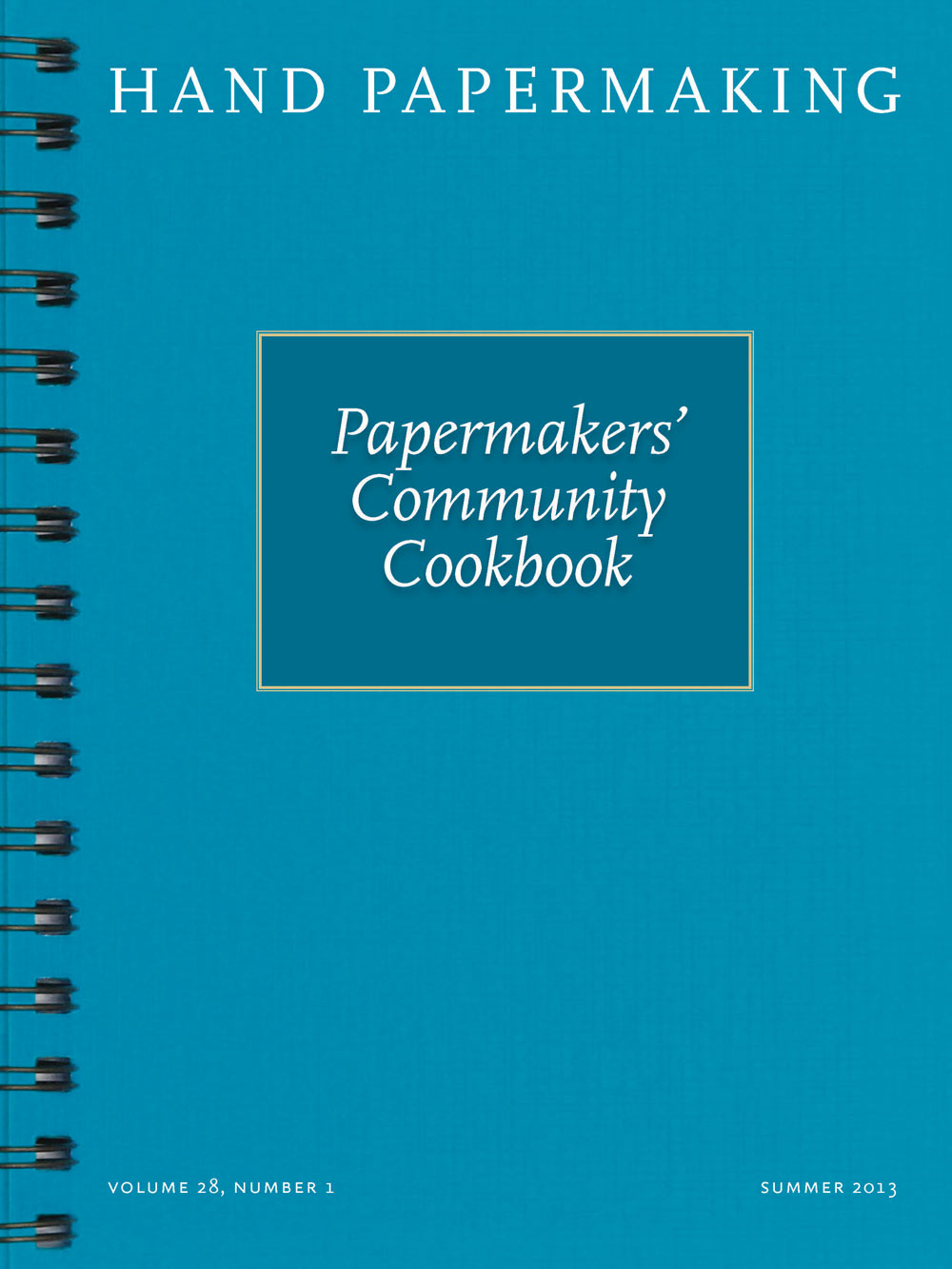Retting this fiber for long periods, say a year, in an anaerobic stew yields a golden fiber that falls away from the hard leaf skin. I spike the water in my Husky garbage cans with pectinase enzyme, the kind that takes red skins off grapes in the winemaking process. This is the secret ingredient, and it is not expensive. It is also possible to ret the fiber in milk. Bathing long leaves of Samandoque (now five or six feet tall in my field) in milk, for three months, produces five-foot lengths of very strong, white fiber after a watery sunbath using household hydrogen peroxide. Of course, the agave can be harvested and processed directly from the field, without retting. Take the cuticle and the pointy tip off the leaf with a small serrated knife, then slice each leaf into quarter-inch layers simply by pulling the leaf apart. The skin will still be on, and you can bring these thick skeins of fiber to a boil in a 10- to 20-percent solution of soda ash, at full boil for an hour or two. Let the hot bath cool overnight. If you want pure white pulp, peel the leaves. The skin will come off easily in layers using a sharp paring knife to catch an edge. The cuticle, tips, and skin make a brown paper. After squashing the moisture from the fiber (get a hand-crank wringer from an online catalogue), you can bleach the batch, pick the skin off, or go straight to the Reina beater. I cut soft fiber into one-inch lengths and take the pressure down gradually to the zero setting. It is a good idea to raise the beater roll to the 50 setting, turn off the beater, unplug it, and check all through the trough for possible lumps or thready stuff that might collect next to the beater roll. Turn the beater back on, and take the pressure down to zero for another five minutes. That's it: you have beautiful pulp for Western papermaking. If you want thin sheets, add a bit of formation aid to the vat. If the sheet is very thin, or if you are pulp painting, couch the sheet onto wet silk screen over a felt and cover with another layer of silk screen and a felt before moving to the hydraulic press. I think there are possibilities here for Eastern-style papermaking using Samandoque. Ah yes—I'll have to try that with the beautiful Japanese sugeta I won from a Hand Papermaking auction! left: The author in her field of Hesperaloe funifera (Sp. Samandoque). above: Dry Samandoque plant with pods, seeds, and the author's stenciled and engraved images on handmade sheets of agave paper. Photos by Johanna Dozer, December 2012.






